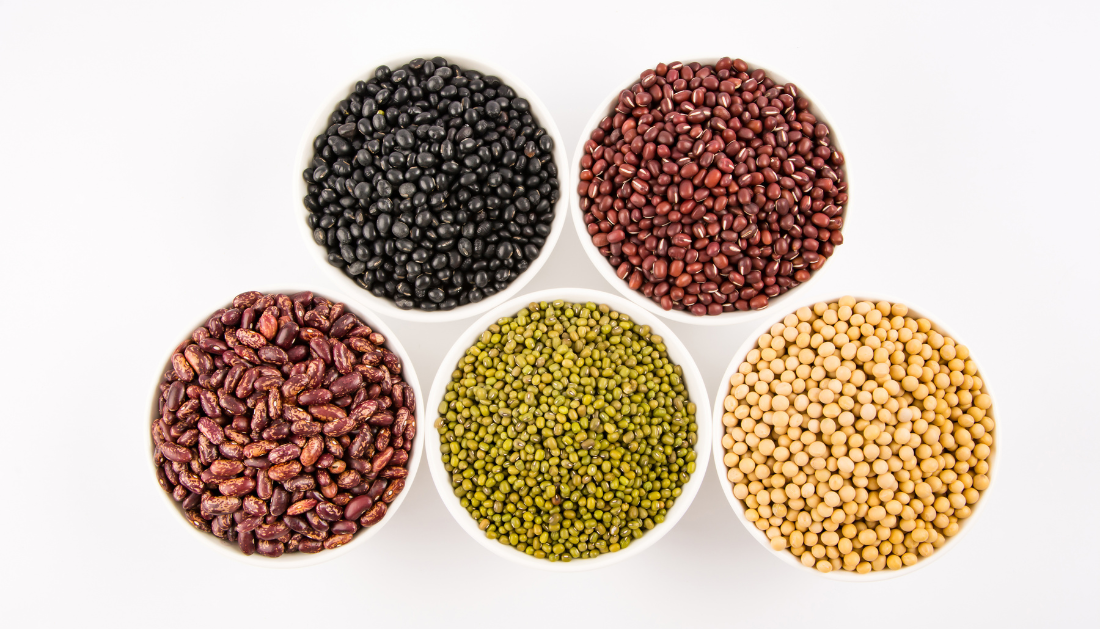

In the recent Nutrients study, researchers looked examined the links between cardiometabolic risk (CMR) variables (Cardiometabolic Health) and legume intake.
Background
Chronic health issues have become more common among the elderly. Farming operations can cause older farmers to skip meals. Furthermore, their diets are less diversified, exacerbating their already precarious health situation.
Hypertension is common among older persons in South Africa. Hypertension could have a significant impact on their income, farming operations, and overall well-being.
Hypertension can cause cramps, weariness, joint discomfort, insomnia, memory loss, and vision issues, all of which are associated with a significant risk of morbidity and mortality. As a result, addressing food intake among elderly farmers could help them survive.
Legumes are high in protein, fiber, and minerals and have numerous health benefits. Regular legume consumption may help avoid age-related diseases and improve CMR parameters.
About the study
In the current study, researchers created and conducted a food and nutrition education program to encourage legume consumption among elderly farmers who have chronic hypertension and high glucose and cholesterol levels.
A baseline cross-sectional survey served as the foundation for the study intervention, which was carried out in both experimental (EG) and control groups.
Participants were chosen from an agricultural ecology hub station. This location had a significant frequency of CMR variables and low legume consumption among older people. Farmers who were willing and committed to participating in all project stages and planting legumes on their fields met the eligibility requirements.
Participants were chosen for the EG based on their willingness to cultivate legumes and follow dietary requirements.
The CG did not participate in a legume education campaign. Participants who lacked a balanced diet were given healthy eating guidelines.
They received training on agricultural conservation measures in order to boost legume yield. Various legumes (cowpeas, green mung, red kidney beans, chickpeas, and jugo beans) were added to the EG.
EG farmers were required to consume 125 grams of legumes per serving three to five times per week over 12 weeks. CG subjects maintained their normal food habits and were not subjected to intervention or teaching. Blood samples, as well as anthropometric and sociodemographic data, were collected. Glucose and lipid levels were assessed.
Dietary consumption was assessed using a 24-hour recall and food frequency questionnaire. Data were obtained before and after the intervention to investigate legume ingestion trends.
A dietary diversity score (DDS) was calculated as the sum of food types consumed in a week. A two-way analysis of variance (ANOVA) was used to compare pre- and post-intervention CMR variables across groups.
Findings
The study enrolled 53 and 50 patients in EG and CG, with average ages of 63.3 and 67.9, respectively. Females made up the majority of the sample and consumed considerably more calories after the intervention phase. While males showed increased post-intervention energy intake, it was not statistically significant.
Furthermore, there was a significant post-intervention improvement in macronutrient intake (protein, fat, fiber, and carbohydrates) among females, but no significant differences were found in males. There were no significant differences in DDSs between the pre- and post-intervention periods for any group.
Nonetheless, the legume food group diversity score (FGDS) rose significantly from 2.4 before intervention to 5.7 after intervention. EG had significantly lower FGDS than the other two meal groups in the CG post-intervention.
CMR measures showed no significant differences between groups, with the exception of diastolic blood pressure (DBP) in the EG, which remained considerably lower pre-intervention.
The ANOVA showed a significant difference in systolic blood pressure between EG and CG. Blood glucose levels in the EG improved dramatically following intervention.
Furthermore, the mean total cholesterol (TC) was considerably lower in the EG after intervention. Hyperglycemia in the EG reduced (from 38% to 9%) after management. There were no differences in TC between the CGs.
Conclusions
The study found significant improvements in nutrient adequacy ratios (NARs), legume FGDS, DBP, and glucose and cholesterol levels in the EG.
Addressing CMR-related concerns necessitates comprehensive surveillance, and elderly farmers should be prepared to adopt sustainable legume production and consumption practices.
Overall, legume-focused interventions can help to accelerate (or achieve) some sustainable development goals through community-based programs.
For more information: Mkhize X, Oldewage-Theron W, Napier C, Duffy KJ. (2024) Associations between Cardiometabolic Risk Factors and Increased Consumption of Diverse Legumes: A South African Food and Nutrition Security Programme Case Study, Nutrients. doi: 10.3390/nu16030354. https://www.mdpi.com/2072-6643/16/3/354
more recommended stories
 Brain’s Biological Age Emerges as Key Health Risk Indicator
Brain’s Biological Age Emerges as Key Health Risk IndicatorClinical Significance of Brain Age in.
 Children’s Health in the United States is Declining!
Children’s Health in the United States is Declining!Summary: A comprehensive analysis of U.S..
 Autoimmune Disorders: ADA2 as a Therapeutic Target
Autoimmune Disorders: ADA2 as a Therapeutic TargetAdenosine deaminase 2 (ADA2) has emerged.
 Is Prediabetes Reversible through Exercise?
Is Prediabetes Reversible through Exercise?150 Minutes of Weekly Exercise May.
 New Blood Cancer Model Unveils Drug Resistance
New Blood Cancer Model Unveils Drug ResistanceNew Lab Model Reveals Gene Mutation.
 Healthy Habits Slash Diverticulitis Risk in Half: Clinical Insights
Healthy Habits Slash Diverticulitis Risk in Half: Clinical InsightsHealthy Habits Slash Diverticulitis Risk in.
 Caffeine and SIDS: A New Prevention Theory
Caffeine and SIDS: A New Prevention TheoryFor the first time in decades,.
 Microbial Metabolites Reveal Health Insights
Microbial Metabolites Reveal Health InsightsThe human body is not just.
 Reelin and Cocaine Addiction: A Breakthrough Study
Reelin and Cocaine Addiction: A Breakthrough StudyA groundbreaking study from the University.
 Preeclampsia and Stroke Risk: Long-Term Effects
Preeclampsia and Stroke Risk: Long-Term EffectsPreeclampsia (PE) – a hypertensive disorder.

Leave a Comment